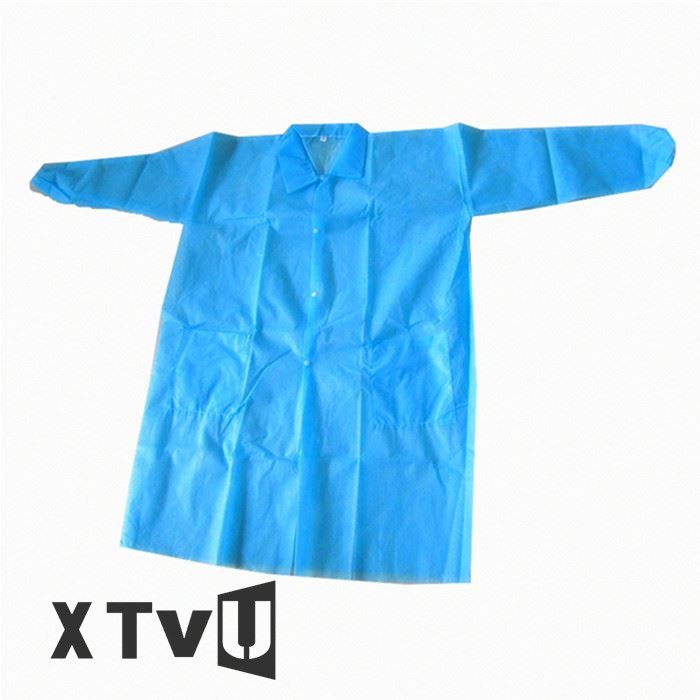
In general, if you find that the wallpaper in your home is dusty or stainy, you can try to wipe it with a wrung rag. If you find stubborn dirt, you can use the cleaning agent that we usually use or use to maintain the wallpaper. If we are not particularly dirty walls or stains, we can clean the walls.
Of course, the above is only for the general method, the following is a more effective and clean way to clean the non-woven wall:
Prepare the steam remover, spray, and water absorbing machine, then use the vacuum cleaner to vacuum the dust on the surface of the wallpaper. Then spray the sprayer filled with detergent in advance on the surface of the wallpaper. One layer, waiting for the stain to detach (depending on the effect), cleaning with a steam cleaner (minimum twice), and finally finishing the surface of the wallpaper with a pre-prepared wringing rag.
Like the general stains and dust, it can basically be cleaned up after the method described above, but if the non-woven wallpaper in our home is really badly stained, and the above method does not work, Then you can consider changing the wallpaper. Compared with the non-woven wallpaper, the degree of anti-fouling of the general pvc wallpaper is relatively high.
Generally, after attaching wallpaper to your home, you should always carry out maintenance and maintenance of the wall as much as possible, such as preventing hard objects from rubbing or hitting the surface of the wallpaper. In the wall near the kitchen bathroom, we can change to a tile because it is more durable and has a longer shelf life. Avoid uneven heat and cold in summer and winter, reduce wallpaper life and so on.
Extended information:
Nonwovens, also known as non-woven fabrics, are constructed of oriented or random fibers. It is called a cloth because it has the appearance and some properties of the cloth.
The non-woven fabric has the characteristics of moisture-proof, breathable, flexible, light weight, non-combustible, easy to decompose, non-toxic and non-irritating, rich in color, low in price, and recyclable. For example, polypropylene (pp material) pellets are used as raw materials, which are produced by high-temperature melting, spinning, paving, hot pressing and continuous one-step process.
Characteristics
The non-woven fabric has no latitude and longitude lines, is very convenient for cutting and sewing, and is light and easy to shape. It is very popular among handicraft lovers.
Because it is a fabric that does not require spinning woven fabric, only the woven short fibers or filaments are oriented or randomly arranged to form a web structure, which is then reinforced by mechanical, thermal bonding or chemical methods.
Instead of interlacing and braiding the yarns one by one, the fibers are bonded directly together by physical means, so when you get the sticky name in your clothes, you will find that It is impossible to draw a single thread. Nonwoven fabric breaks through the traditional textile principle, and has the characteristics of short process flow, fast production rate, high output, low cost, wide application and many raw materials.
The relationship between non-woven fabric and spunbond fabric
Spunbond and non-woven fabrics are affiliation. There are many production processes for the manufacture of non-woven fabrics, among which the spunbonding method is one of the non-woven fabric production processes (including spunbonding, meltblowing, hot rolling, and hydroentangling, which are mostly on the market). Non-woven fabric produced by spunbonding)
According to the composition of the non-woven fabric, there are polyester, polypropylene, nylon, spandex, acrylic, etc.; different ingredients will have different non-woven styles. The spunbond fabric usually refers to polyester spunbond and polypropylene spunbond; and the styles of the two fabrics are very close, which can be judged by high temperature test.
Non-woven fabric is a kind of non-woven fabric, which directly uses high polymer chips, short fibers or filaments to pass the fibers through airflow or mechanical netting, and then through hydroentanglement, needle punching, or hot rolling reinforcement, and finally finishing. Formed non-woven fabric.
The new fiber product with soft, breathable and flat structure has the advantages of no lint formation, strong, durable, silky softness, also a kind of reinforcing material, and also a cotton feeling, compared with cotton, non-woven The cloth bag is easy to form and is cheap to make.
How to deal with the non-woven wallpaper
-
2023-04-21
What is the main adv…
What is the main advantage of …
-
2023-04-21
Are nonwovens washab…
Are nonwovens washable and bre…
-
2023-04-21
Where are nonwoven f…
Where are nonwoven fabrics use…
-
2023-04-21
Are nonwoven fabrics…
Are nonwoven fabrics environme…
-
2023-04-21
What are the raw mat…
What are the raw materials for…
